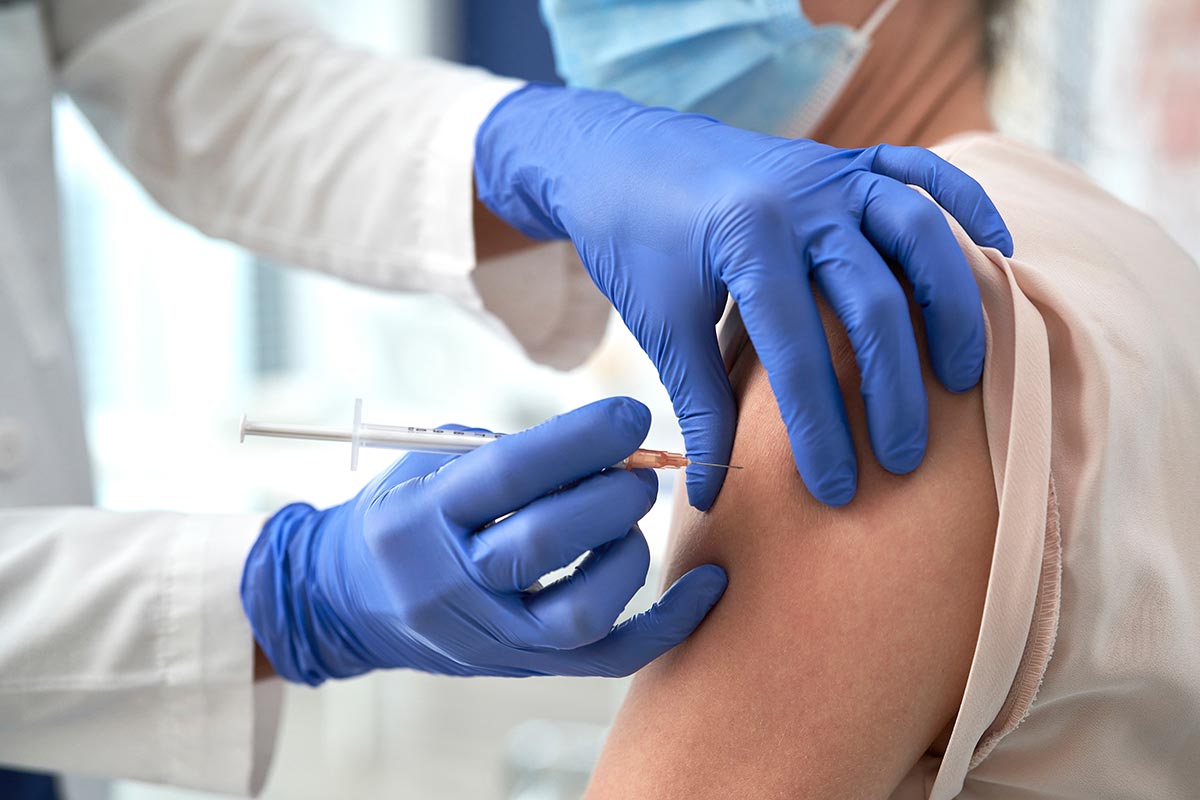When most people think about infection prevention, they picture hospitals—sterile rooms, gloved hands, masks, and hand sanitizer dispensers at every turn. While these images are accurate, they only tell part of the story. Infections don’t wait until someone is admitted to the hospital to spread. They start in homes, schools, workplaces, and community settings long before reaching the clinical environment. That’s why, as an infectious disease physician, I believe one of the most urgent frontiers of modern infection control lies outside hospital walls—in the communities where people live and interact every day.
Shifting the Focus: Why Community-Based Prevention Matters
Over the past few decades, healthcare has steadily moved toward outpatient care. Fewer people are staying in hospitals for extended periods, and more are receiving care in urgent care centers, dialysis clinics, nursing homes, and at home. This shift means infection risks are no longer confined to hospital units. Infections like MRSA, C. difficile, and even COVID-19 often originate or are transmitted in community settings before being identified in a clinical environment.
As a result, infection prevention must evolve. Hospitals still play a critical role, but the strategies we use must extend to long-term care facilities, community clinics, and even local public events. Preventing the next outbreak—or even the next case of antibiotic-resistant infection—means reaching people where they are.
The Power of Partnerships
We can’t do this alone. Physicians, public health officials, community leaders, and even educators need to work together to build infection prevention infrastructure beyond the hospital. Successful community-based prevention hinges on collaboration.
I’ve seen firsthand how powerful these partnerships can be. For example, working with local health departments during the COVID-19 pandemic allowed Connecticut hospitals and public health agencies to better coordinate testing, vaccination, and contact tracing across towns and neighborhoods. By breaking down silos between public health and clinical medicine, we became more effective at stopping the spread—not just treating it.
These efforts should not be one-time responses to crises. They need to be permanent, sustained collaborations that are prepared for future challenges. From seasonal flu to the next emerging pathogen, a proactive approach rooted in community trust and education is essential.
Infection Prevention Starts with Education
A cornerstone of community-based prevention is education—not just for patients, but for the public at large. Understanding how infections spread, when to seek care, and how to prevent illness empowers individuals and families to take control of their health. But for this education to be effective, it has to be accessible and culturally sensitive.
I often encourage healthcare systems to invest in outreach programs. Hosting public seminars, partnering with local schools, and translating resources into multiple languages are simple but powerful ways to extend infection prevention knowledge. We also need to engage with faith leaders, community organizers, and local influencers who already have the trust of their communities. Their voices can carry important health messages in ways that clinical experts sometimes cannot.
Leveraging Technology in the Community
Technology has opened new doors for infection prevention beyond hospital walls. Telemedicine, mobile health apps, and digital contact tracing have all shown promise in making healthcare more accessible and responsive.
During the pandemic, for instance, many clinics began using text message reminders for vaccinations or screening tests, which helped reduce missed opportunities for preventive care. Telehealth enabled patients with limited mobility or transportation options to receive timely care and advice. We need to build on this momentum and support these activities to expand healthcare access to underserved populations. Digital tools can serve as early warning systems and allow real-time communication between clinicians and public health authorities.
But we must also be cautious. Digital solutions only work if they’re equitable. Bridging the digital divide—ensuring all communities have access to the internet and devices—is an infection prevention issue just as much as it is a technology one.
A Focus on Equity and Inclusion
Infectious diseases, like many medical illnesses, don’t affect everyone equally. Social determinants of health—like housing, income, access to care, and occupation—play a huge role in who gets sick and who recovers. COVID-19 made this clear, highlighting significant disparities in infection and mortality rates across racial and socioeconomic groups.
Community-based infection prevention must prioritize equity. This means tailoring resources to meet the needs of underserved populations, making vaccines and treatment easily accessible, and ensuring that prevention messaging resonates with all members of a community.
We cannot build a truly resilient infection control system without confronting the underlying inequities that put certain groups at greater risk.
The Path Forward
As we look to the future, the lesson is clear: infection prevention must be woven into the fabric of everyday life. Hospitals remain critical, but they are only part of the solution. The future lies in empowering communities to be the first line of defense.
This will require continued investment, collaboration, and innovation. It will also demand that we rethink the traditional boundaries of medicine and public health. As physicians, we must step beyond our clinics and hospital wards to engage with the broader systems and environments that shape health.
Infection control isn’t just a clinical task—it’s a broader mission. And the sooner we act on that truth, the healthier and safer our communities will become.
